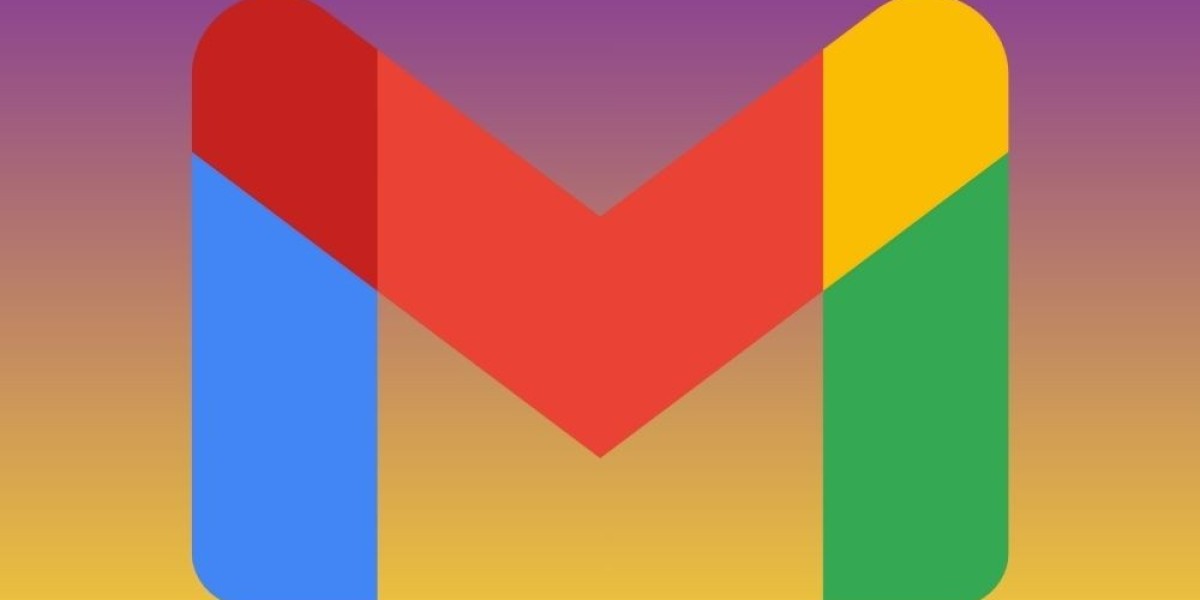Email remains the backbone of business communication, even in the era of instant messaging and collaboration tools. Two giants dominate the landscape — Gmail (by Google Workspace) and Outlook (by Microsoft 365). Both are powerful, feature-rich, and designed to streamline business operations. But when it comes to choosing one for your organization, the decision can be tricky.
This article explores Gmail and Outlook in depth, comparing their key features, performance, ease of use, collaboration tools, and pricing to help you decide which is best for your business.
1. Ease of Use and Interface
Gmail:
Gmail’s interface is clean, intuitive, and easy to navigate. Its design emphasizes simplicity — messages, folders (called “labels”), and key actions like reply or forward are clearly visible. Google’s minimalist design makes Gmail ideal for startups and small teams who want to get started quickly without extensive training.
Additionally, Gmail integrates seamlessly with other Google tools like Google Meet, Calendar, Drive, and Docs. You can switch between these tools directly from the Gmail sidebar, improving productivity and reducing app switching.
Outlook:
Outlook, on the other hand, offers a more traditional email experience. Its interface includes separate sections for mail, calendar, tasks, and contacts, which can feel more complex for beginners. However, once mastered, Outlook provides an all-in-one productivity suite for managing not just emails but also meetings, schedules, and projects.
For professionals who prefer structure and advanced organization tools, Outlook’s interface is highly customizable and efficient.
2. Email Organization and Productivity
Gmail:
Gmail’s organization system revolves around labels, filters, and tabs. Instead of putting emails into folders, users can apply multiple labels to a single message, making it easier to find and group messages. Gmail also automatically sorts incoming emails into tabs such as Primary, Social, and Promotions, helping users focus on what matters most.
The search functionality is another major advantage. Google’s search algorithms make finding old messages extremely fast, even if you have thousands of emails.
Outlook:
Outlook organizes emails into folders and categories, which suits users who prefer a traditional file-based system. The “Focused Inbox” feature automatically separates important emails from less relevant ones, similar to Gmail’s tabbed inbox. Outlook also includes flags, color-coded categories, and custom views to enhance productivity.
While Outlook’s system offers more manual control, it can take time to set up and maintain. Gmail’s automation options are simpler and require less effort.
3. Collaboration and Integration
Gmail:
Google Workspace (formerly G Suite) is built around real-time collaboration. Gmail integrates directly with Google Drive for file storage, Google Meet for video calls, and Google Docs/Sheets/Slides for document editing. Multiple team members can edit a document simultaneously, see changes in real time, and comment directly — all within the same ecosystem.
Gmail also supports third-party integrations through the Google Workspace Marketplace, offering tools for CRM, project management, time tracking, and more.
Outlook:
Outlook integrates seamlessly with Microsoft 365 applications such as Word, Excel, PowerPoint, Teams, and OneDrive. Teams, in particular, enhances communication and collaboration through chat, video calls, and shared workspaces.
While Gmail focuses on simplicity, Outlook’s strength lies in enterprise-level collaboration. Larger organizations that rely on Microsoft products will find Outlook’s ecosystem more cohesive and powerful.
4. Storage and File Sharing
Gmail:
With Google Workspace, each user typically gets 30 GB of cloud storage (and more with higher-tier plans). Files are stored in Google Drive, making it easy to share documents via email without attachments. Shared Drive also ensures version control and prevents confusion caused by duplicate files.
Outlook:
Outlook offers 50 GB of mailbox storage per user on most business plans, plus 1 TB of file storage through OneDrive. The deep integration between Outlook and OneDrive allows users to share large files securely and access them across devices.
For businesses that handle large attachments or need extensive file storage, Outlook has a slight edge.
5. Security and Privacy
Gmail:
Google employs advanced AI-based threat detection, spam filtering, and phishing protection. Two-factor authentication (2FA), encryption in transit, and strong admin controls make Gmail a secure choice for businesses of all sizes. Admins can enforce password policies, manage user access, and monitor suspicious activity.
Outlook:
Microsoft 365 also provides top-tier security, including Advanced Threat Protection (ATP), encryption options, and data loss prevention. Outlook’s enterprise-level security tools are ideal for organizations handling sensitive data, such as legal, finance, or healthcare sectors.
Both Gmail and Outlook meet major compliance standards such as GDPR, ISO 27001, and HIPAA (on appropriate plans).
6. Offline Access and Mobile Experience
Gmail:
Gmail offers offline access through its web and mobile apps. You can read, respond to, and organize emails offline, and your actions will sync once you reconnect to the internet. The Gmail mobile app is lightweight, intuitive, and consistent with its desktop interface, making it perfect for remote work.
Outlook:
Outlook’s desktop and mobile apps are robust and feature-rich. The desktop app allows full offline access and advanced calendar and task management. The mobile app supports focused inboxes, scheduling, and even dictation, giving business users a complete experience on the go.
If offline access and deep scheduling tools are your priorities, Outlook provides a more comprehensive solution.
7. Pricing and Value for Money
Gmail (Google Workspace):
Plans start from $6 per user per month for Business Starter, offering 30 GB storage, video meetings, and core productivity apps. Higher tiers include advanced security, more storage, and admin features.
Outlook (Microsoft 365):
Business plans start at $6 per user per month as well, offering 50 GB email storage, desktop versions of Word, Excel, and PowerPoint, plus Teams and OneDrive. The higher-tier plans include enhanced compliance, analytics, and automation tools.
Both are competitively priced, but Gmail may be more cost-effective for startups and smaller teams, while Outlook offers more enterprise-level value.
8. Customer Support and Reliability
Gmail:
Google Workspace provides 24/7 customer support via email, chat, and phone. Its uptime record (99.9%) ensures reliability, and the Google Admin Console simplifies IT management for businesses.
Outlook:
Microsoft offers equally strong support, with phone and web assistance available around the clock. Outlook’s integration with Microsoft 365 admin tools provides advanced control for large-scale deployments and compliance management.
9. Final Verdict: Which Is Better?
Both Gmail and Outlook excel in their own ways. Your choice ultimately depends on your business needs:
Choose Gmail if you prioritize simplicity, collaboration, and seamless integration with Google tools. It’s ideal for startups, small businesses, and teams that work remotely or across devices.
Choose Outlook if your organization values advanced features, offline productivity, and deep integration with Microsoft 365 applications. It’s perfect for enterprises and professionals who prefer structure and control.
In conclusion, both platforms deliver excellent performance and reliability. The right choice isn’t about which is better universally — it’s about which aligns best with your business workflow, team habits, and long-term goals.







